Explore the wildlife near popular ski resorts like Aspen, Vail, Crested Butte, Bever Creek, Keystone, Copper Mountain and Breckenridge, with detailed information about behaviors, feeding habits, habitats, and how to safely mitigate encounters.
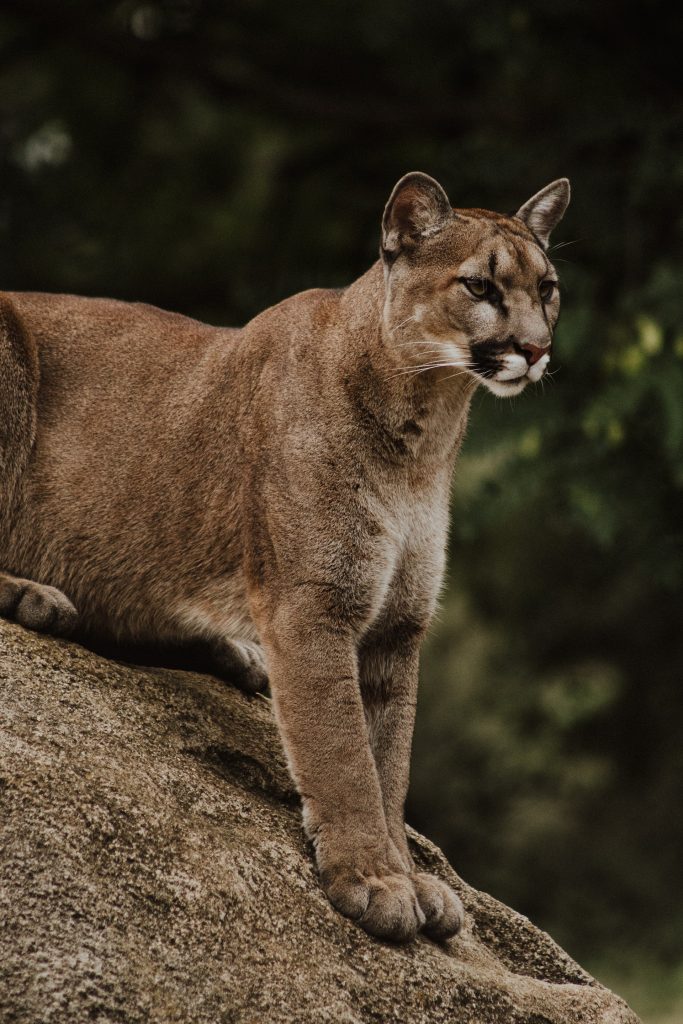
Mountain Lions (Cougar)
Description: Large, tawny cats weighing 80 to 200 pounds. Agile and secretive.
Feeding Habits: Carnivorous, often hunting deer and small mammals.
Habitats and Signs: Forests, foothills; signs include tracks, scat, and scraped leaves or dirt.
Likelihood of Encounter: Rare, mostly dawn and dusk near Aspen, Bever Creek, Copper Mountain and Vail.
Mitigation: Appear bigger, maintain eye contact, back away slowly, never run. Speak firmly. In a group, stay together and pick up small children.

Black Bears
Description: Weighing 125 to 500 pounds, usually black or brown.
Feeding Habits: Omnivorous, berries, insects, and human food sources.
Habitats and Signs: Forests; signs include claw marks on trees, scat, and tracks.
Likelihood of Encounter: Moderate, spring and fall near Keystone, Breckenridge, Copper Mountain and Winter Park.
Mitigation: Make noise, back away slowly, appear larger, use bear spray. In a group, stay together and make collective noise.
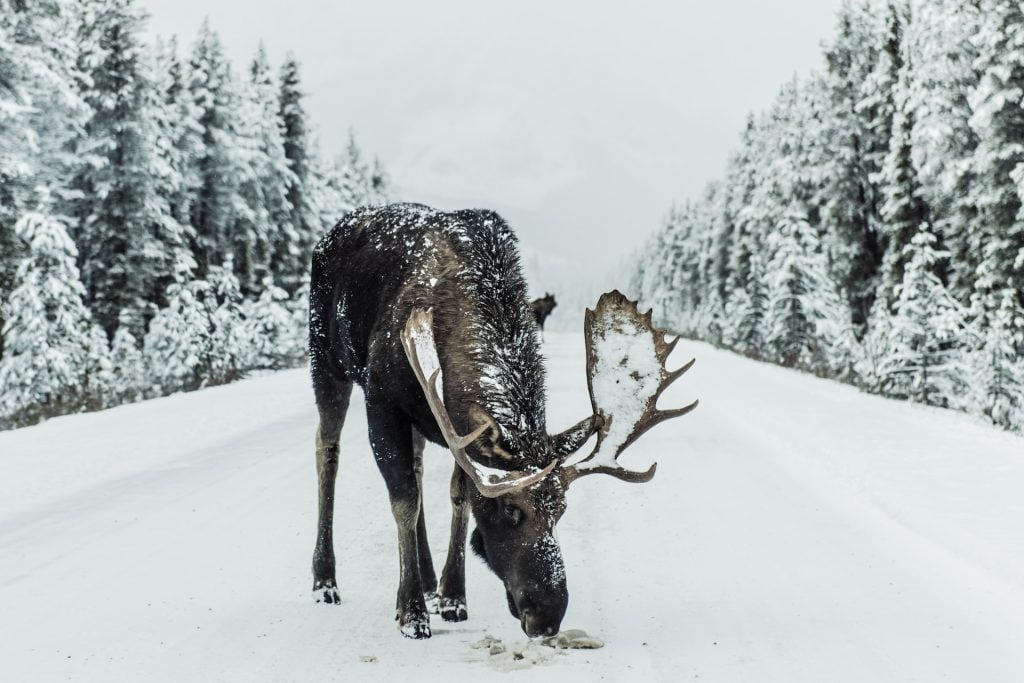
Moose
Description: Large mammals with long legs and broad, flat antlers. Weighing up to 1,400 pounds.
Feeding Habits: Herbivorous, feeding on aquatic plants, grasses, and shoots.
Habitats and Signs: Near water bodies and wetlands; signs include tracks and droppings.
Likelihood of Encounter: Moderate, near Breckenridge and Winter Park.
Mitigation: Keep distance, run and hide if charging. In a group, stay together and move away as a unit.
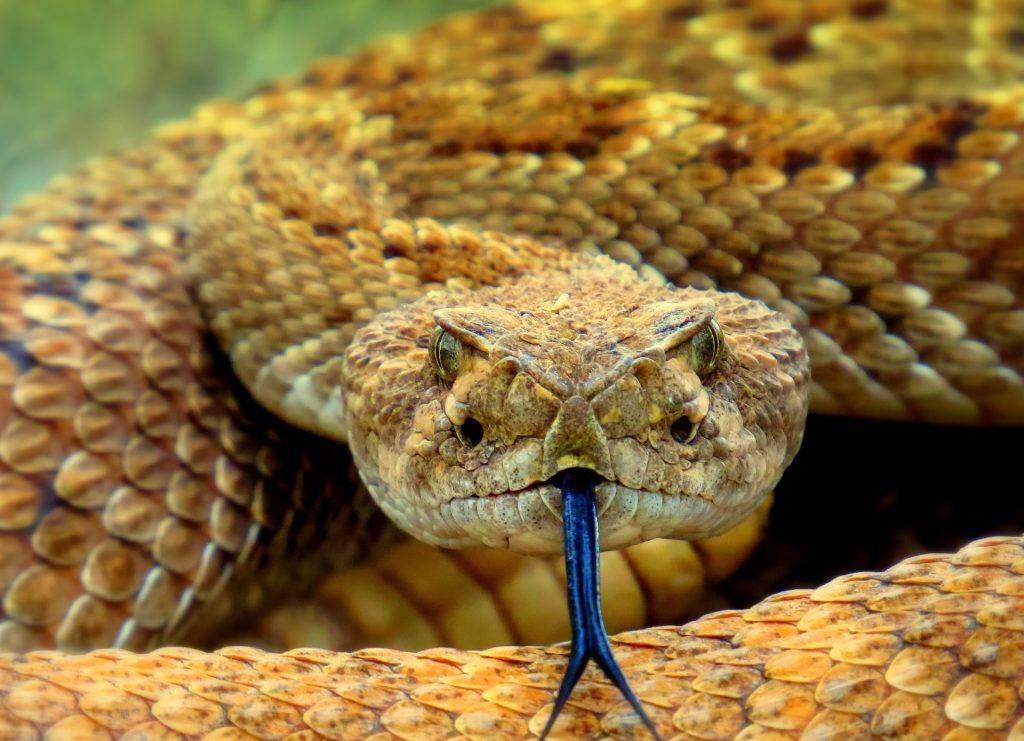
Rattlesnakes
Description: Venomous snakes with brown or gray diamond pattern, rattle at the tail.
Feeding Habits: Carnivorous, feeding on rodents and birds.
Habitats and Signs: Dry, rocky areas; signs include the distinctive rattle sound.
Likelihood of Encounter: Low, especially in warm seasons. Keep an eye out in Keystone and Copper Mountain.
Mitigation: Stay on paths, seek medical help if bitten. In a group, stay on clear paths and watch each other’s steps.

Elk
Description: Large deer-like mammals with impressive antlers. Common near Aspen and Vail.
Feeding Habits: Herbivorous, grasses and woody plants.
Habitats and Signs: Open forests and meadows; signs include tracks, scat, and bugling sounds during rutting season.
Likelihood of Encounter: Fairly common, especially during fall. You will often see these in Aspen, Vail, Copper Mountain, and Bever Creek.
Mitigation: Keep distance, back away slowly if threatened. In a group, stay together and calmly move away.
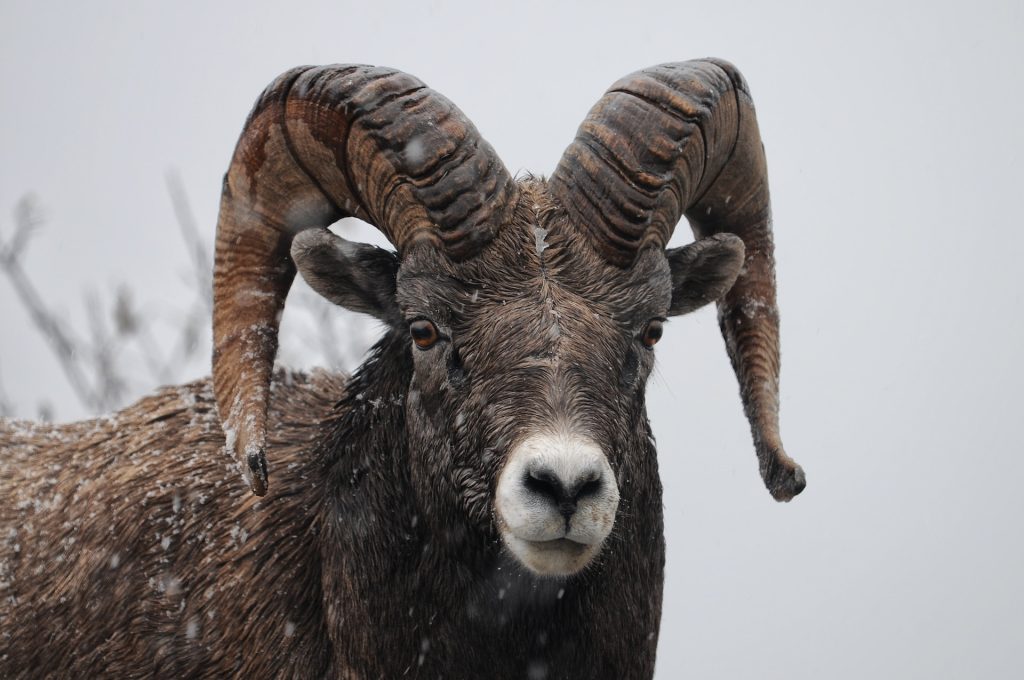
Bighorn Sheep
Description: Distinctive large horns, males weighing up to 300 pounds. Notably agile in steep terrain.
Feeding Habits: Herbivorous, grasses, shrubs, and sedges.
Habitats and Signs: Rocky and mountainous areas; signs include tracks and visual sighting on steep cliffs.
Likelihood of Encounter: Moderate, particularly in the rugged terrains near Vail, Bever Creek, and Breckenridge.
Mitigation: Enjoy from a distance using binoculars; do not approach. In a group, stay together and avoid causing stress to the animals.
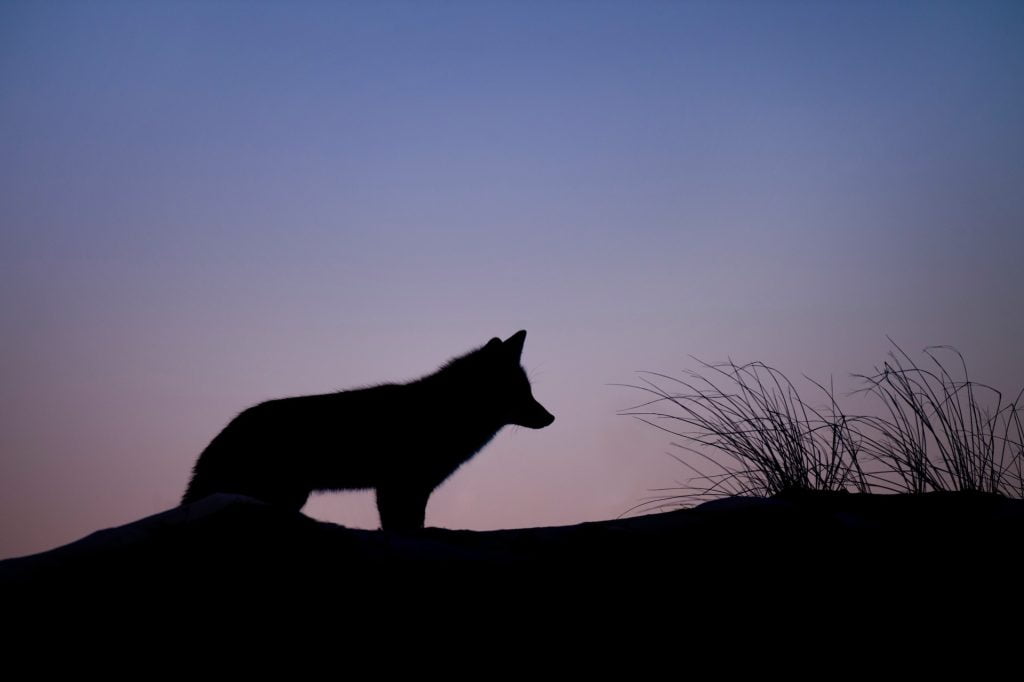
Coyotes
Description: Medium-sized canines, weighing 20 to 50 pounds, often mistaken for small wolves.
Feeding Habits: Omnivorous, eating small mammals, birds, fruits, and vegetables.
Habitats and Signs: Various habitats, including forests and open plains; signs include tracks, scat, and vocalizations.
Likelihood of Encounter: Common, especially dawn and dusk. Keep an eye out while visiting Winter Park, Copper Mountain and Keystone.
Mitigation: Make noise, appear larger, do not run. In a group, stay together and act assertively.

Ticks
Description: Small arachnids that latch onto skin and feed on blood.
Feeding Habits: Blood-feeders, often found on mammals, birds, and reptiles.
Habitats and Signs: Grasslands, wooded areas; signs include physical presence on skin or clothing.
Likelihood of Encounter: Fairly common, particularly in warmer seasons near Aspen, Breckenridge and Winter Park.
Mitigation: Wear long sleeves and pants, use insect repellent, check body after hiking. In a group, assist each other in checking for ticks.
Conclusion
Understanding the local wildlife in Colorado’s high-altitude mountains and ski resorts is essential for a safe and enjoyable experience. By being aware of these animals’ behaviors, feeding habits, habitats, and signs, you can safely mitigate encounters and appreciate the natural beauty of the region.
Always consult local experts or guides, follow trail signs, and carry safety equipment when exploring these magnificent landscapes.













